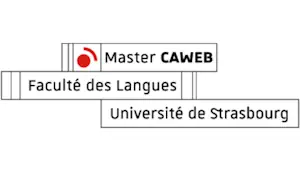7 Tips for Making Your Website More Accessible
Nowadays, more and more public places are adapted to people with visual, hearing and physical disabilities. Several everyday services have become digitized, including online banking and tax returns. As a consequence, it seems natural that everybody should have access to these services on the web. Website accessibility is an important consideration, and many people tend to forget about it.

Here are some tips worth knowing when creating a new website. These considerations will not only help you ensure your site is accessible for everybody, but also that technical supports, such as screen readers or Braille touchpads, are able to read it.
Universal design
A few years ago, it was common to distinguish between the “classical” content of a website and its accessible content. But this approach presented more drawbacks than benefits. After a while, these “special” websites were often disregarded. Not only didn’t they present the whole content of the original website, but they were also seldom updated. In the worst cases, these websites even ended up being purposely ignored.
An accessible website has to be universal. A barrier-free design has to be adopted and then applied to all of the website’s contents.
Our 7 tips for making your website as accessible as possible
-
Distinguish content and graphic design by using CSS: search engines will find your website easier to read.
-
To increase clarity and readability, make sure that the color contrast between the background color and the text is sufficient.
-
Avoid using absolute sizes for your fonts, and prefer using relative sizes instead. Indicate the font size in ‘em’ rather than in ‘px’, and make sure the font size is not too small.
-
Use <h1> to <h6> HTML headings to structure your text and indicate titles or subtitles.
-
Don’t forget to use the ‘title’ attribute on your links: this will allow you to add extra information.
-
Fill in the ‘alt’ attribute for images, and describe as precisely as possible what is presented in the image.
-
Do not use tables to structure your website’s layout. Tables are difficult for screen readers to understand and can sometimes be completely misunderstood.
Accessibility and SEO
As you may have noticed, several of the aspects intended to make websites more accessible are similar to best practices used in the optimization of the ranking of a website. Indeed, by applying these guidelines, you can effectively kill two birds with one stone. Besides, making your website more accessible is good for SEO. Search engine robots work in predictable ways. Therefore, the better the structure of your website, the better its indexing.
Find here all Web Content Accessibility Guidelines (WCAG 2.0).
Translated by Célia Casarramona, CAWEB Master’s.


